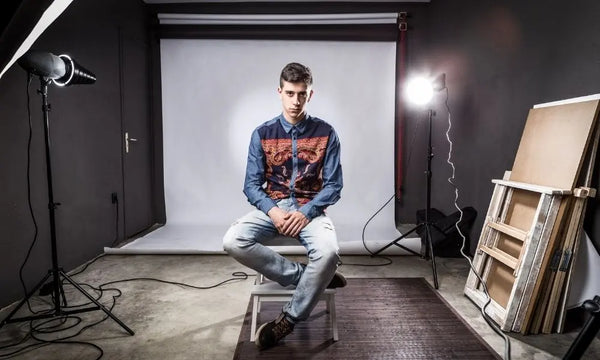
How To Create Effective Overhead Lighting
In film and photography, overhead lighting is used to light an object from an angle at which it is not normally lit. This creates a dramatic effect and gives the viewer a new perspective of that object. If you’re interested in using overhead lighting in your next project, reference this guide on how to create effective overhead lighting.
Position Lights Overhead
When using overhead lighting, position your main light directly above the person or object that you are shooting, so the light hits them mainly from above rather than from the sides. A good method for setting up your overhead lighting is to attach your lights to an overhead camera rig. You can also attach your camera and any mics to this rig, along with the lights.
Use a Large, Soft Light
For a professional lighting effect that works on any object, it is best to use the largest, softest overhead light you have available. You can use a softbox to soften the light if it is too harsh on its own. For the best results, move this light as close to your subject as possible. That way, the light will diffuse evenly over the entire subject, illuminating it well.
Incorporate Reflection
To lighten up the shadows of your object further, incorporate reflection into your shooting project. Add a bounce board to reflect some of the overhead light back onto your subject from below. Depending on the effect you’re going for, your bounce board can be a simple white piece of material or a darker, more reflective material. A white bounce board will simply reflect the light back, while a more reflective bounce board will also reflect back an image of the object. This is a technique often used to make products look more professional in advertisements.
Adjust Fill Lighting
You can also adjust shadows through the use of fill lighting. Fill lighting is often used in a three-point lighting setup. Fill lighting is less powerful than your main lighting and is used to cancel out shadows that your main lighting produces. A fill light should be placed opposite your main light, so if your main light is overhead, your fill lighting should be projected onto the subject from below.
Following these tips on how to create effective overhead lighting will help you set up shots that are both professional and beautiful. If you’re looking for supplies to help you create the perfect setup for your next shoot, check out Glide Gear’s equipment. We will help you find the tools you need to light your next shoot well.
